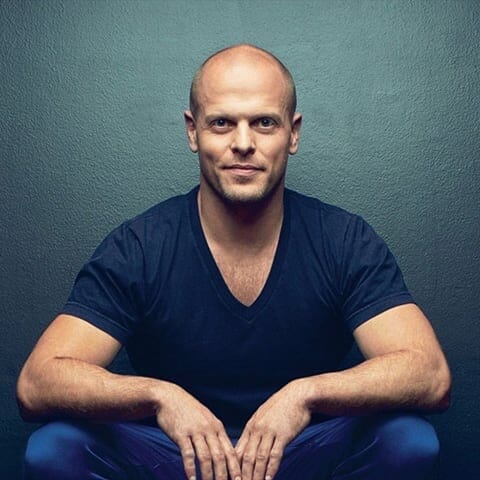 author
authorDieter K. Huzel
Huzel graduated from high school at the Realgymnasium Essen-Bredeney. After the National Socialists seized power in 1933, he joined the NSDAP . In 1937, Huzel completed his studies in electrical engineering at the Technical University of Stuttgart . After working for Siemens-Schuckert in Berlin and being drafted to the Eastern Front in 1942, Huzel came to the Peenemünde Army Research Institute in 1943 . At the end of 1944, Huzel was appointed head of the Peenemünde test stand VII , from which the A4 rocketstarted for testing purposes. In the same year, Huzel was appointed assistant to Wernher von Braun .
Shortly before the end of the war, Huzel and Bernhard Tessmann were commissioned by Wernher von Braun to hide all documents relating to the A4 in the Georg-Friedrich iron ore mine in Dörnten before the Allied forces invaded. On May 2, 1945, two days after Adolf Hitler's suicide, Huzel, along with Wernher von Braun and other developers of the A4, surrendered to US forces at Oberjoch . Through clever questioning, the Americans found out the location of the hiding place and at the end of May 1945 they collected 14 tons of documents from what was then already the British occupation zone.
In November 1945, Huzel married his wife Irmgard "Irmel" (1916–2000) in Pfronten . As part of Operation Paperclip , he was taken to Fort Bliss , Texas , along with other rocket researchers . In 1950, Huzel went into business and was involved in engine development for the Redstone rocket at North American Aviation . In 1954, Huzel received American citizenship. Huzel died on November 2, 1994 in Woodland Hills (California).
Best author’s book



Written books
1



















